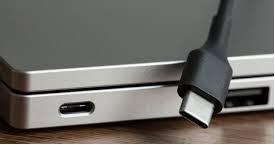Are you able to record video footage directly from your screen? Despite what you may think it really isn’t all that complicated to do so – especially if you’re using the Movavi Screen Capture. More importantly, once you can capture video from your screen you’ll find that it’ll be extremely useful and allow you to record streaming videos and webinars, save Skype calls, or even create your very own ‘how to’ video guides or tutorials.
The reason why the Movavi Screen Capture excels at enabling you to record video footage directly from your screen is largely because of its unique approach. Unlike other software that is notoriously complicated and difficult to use, the Movavi Screen Capture has been designed so that it is as intuitive and straightforward as possible. In most cases, recording the video that you need will just take a couple of clicks.
For all its simplicity in terms of how easy it is to use however, the Movavi Screen Capture still comes with tons of features that will allow you a lot of flexibility. Some of the more interesting features include:
- Controlling all aspects of the capture settings, including the capture region, frame rate, and audio source.
- Setting the capture to also record keyboard and mouse actions by displaying the keys that are pressed on screen as well as highlighting the mouse cursor and playing a custom sound on mouse clicks.
- Easily manage the recording process through convenient hotkeys and timers to automatically stop the recording.
- Quickly and effectively optimize the videos that you capture for any device or platform using the hundreds of presets that are available.
When it comes to video recording software, the Movavi Screen Capture really has no equal in terms of how easy to use and yet feature-rich it is. Once you give it a try for yourself you’ll be able to see firsthand just how quickly you’re able to familiarize yourself with the software and start recording the videos you require.








